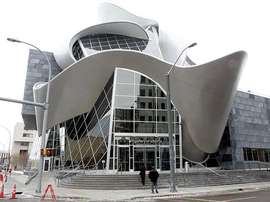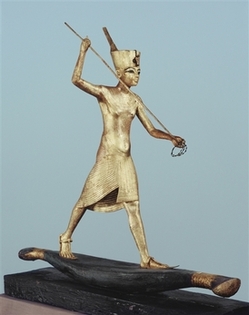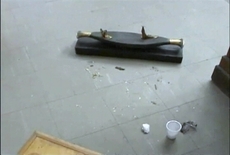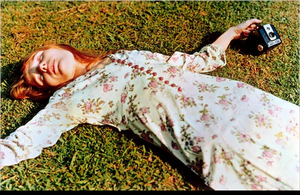Not unpredictably, the new Art Gallery of Alberta did not turn out to be a big tourist draw — despite its great expectations, fostered by the Guggenheim-Bilbao experience. But on some other scores, AGA’s inaugural year did turn out well, as we shall see.
 The AGA opened about a year ago, boasting on its website that “this architectural icon will draw visitors from around the world with twice the former gallery space….” Uh, uh, I said — don’t count on it. Edmonton, its home, is the northernmost metropolis on this continent with a population of more than 1 million. Except for skiers, most tourists prefer warmer climes.
The AGA opened about a year ago, boasting on its website that “this architectural icon will draw visitors from around the world with twice the former gallery space….” Uh, uh, I said — don’t count on it. Edmonton, its home, is the northernmost metropolis on this continent with a population of more than 1 million. Except for skiers, most tourists prefer warmer climes.
The first year brought more than 111,000 visitors to the museum, up from about 20,000 the year earlier, according to the Edmonton Journal. But the comparison is hardly fair, considering that the old museum was in a small gallery nearby, and — if the experience of many other museums is a guide — many people will come to see new architecture, even more than the art inside.
On the other hand, AGA’s membership jumped to 5,300 in 2010, from 1,650 a year earlier, and that’s a good sign.
But here’s the rub: 82% of the visitors came from Edmonton itself, and another 8% came from the Edmonton region. Only 10% came from “elsewhere in Alberta or beyond.”
Executive Director Gilles Hebert is quoted as saying: “We have to expand our reach so people throughout the province come to our gallery.” Ital mine: AGA’s goal seems to have shifted from a year ago.
And here’s another rub: while increased school groups accounted for some of the increase, a good thing, late night parties called “Refinery” appear to be the real sell-outs, with 200 people turned away at the last one.
Meantime, “operating costs [at the $88 million building] have been running higher than all but a few galleries in the country,” at $6.4 million annually, the Journal says.
A cautionary tale for all museums, I think.
UPDATE, 3/10/11: The Toronto Globe & Mail has weighed in on the Refinery parties, including this passage:
“I wonder in the end how effective these things really are. I’ve been to some of these things and heard people say things like: ‘Has anyone been here before?’ Or, ‘Does anyone know what they do here?’ ” [Charles] Reeve [a Toronto-based curator and associate professor at the Ontario College of Art and Design] said.
The results at Saturday’s AGA event were mixed. The crowd cheered and danced throughout the night, but was thicker near the booze than near the art. Many were surprised to learn the party’s $25 ticket didn’t generate any profit to benefit the gallery, while others said becoming a monthly donor is a tall order for young parents…


 Maitland’s own
Maitland’s own 
 This year, the NFF would like to gain a broader, more accurate picture of the non-profit sector, and though I have never made a request of readers like this, I’ve agreed to help with the outreach by posting about it. I’m doing it because, as regular readers know, I frequently advocate for
This year, the NFF would like to gain a broader, more accurate picture of the non-profit sector, and though I have never made a request of readers like this, I’ve agreed to help with the outreach by posting about it. I’m doing it because, as regular readers know, I frequently advocate for 